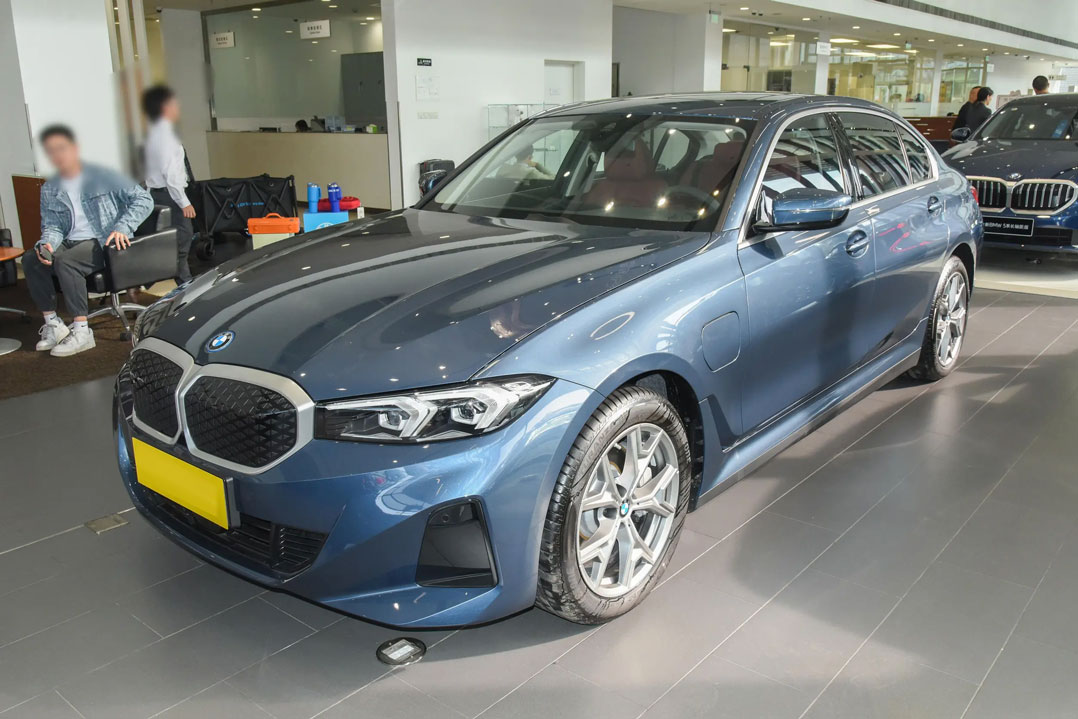The balance between restraint and futurism
The BMW i3 does not adopt a radical new energy styling language, but continues the family design with “micro shaping”: a closed double kidney grille with blue trim, which retains brand recognition while implying an electric identity; The side lines are smooth and slender, and the classic Hofmeister corner of the C-pillar blends with the semi hidden door handle, balancing low wind resistance (0.24Cd) and classic aesthetics.
Highlight details: 19 inch aerodynamic wheels (optional) and rear diffuser design unify performance orientation with energy-saving demands, avoiding the common proportion imbalance problem of “oil to electric” models.
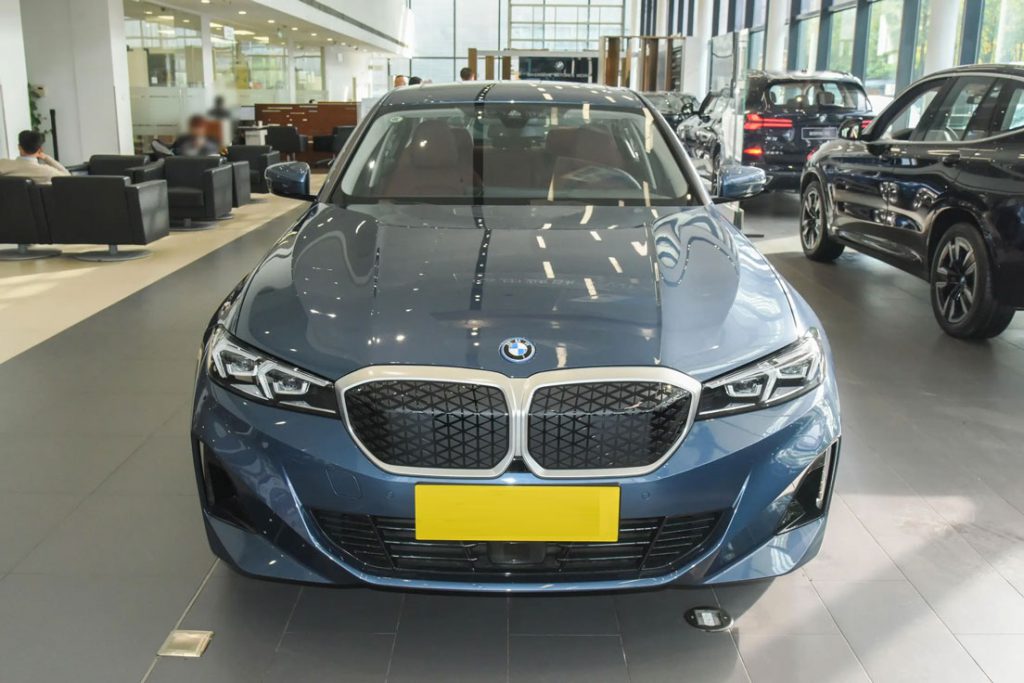
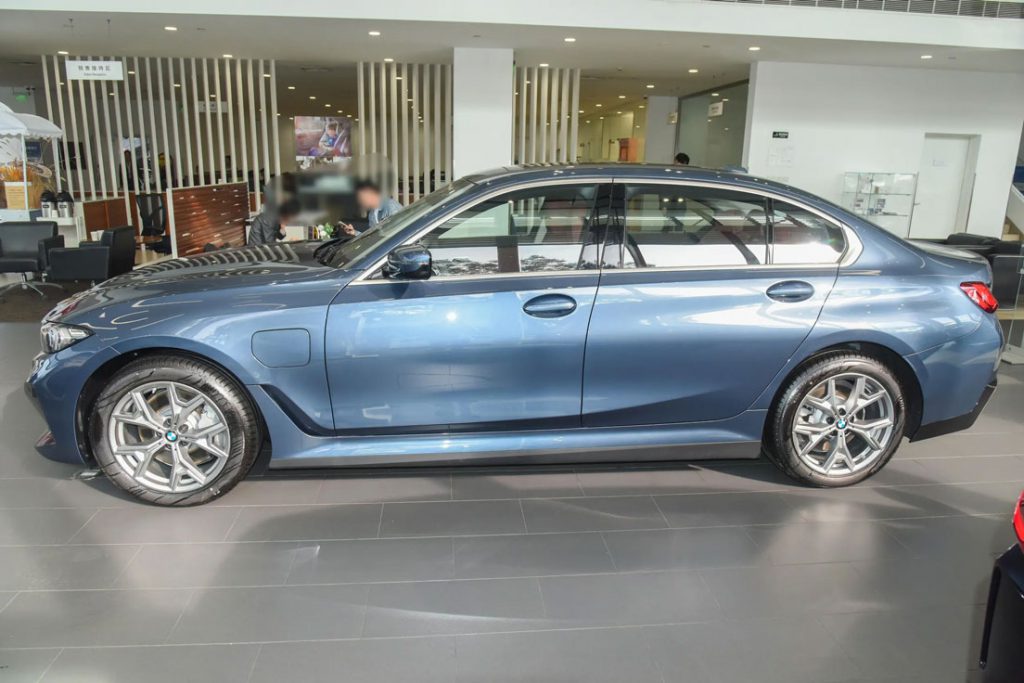
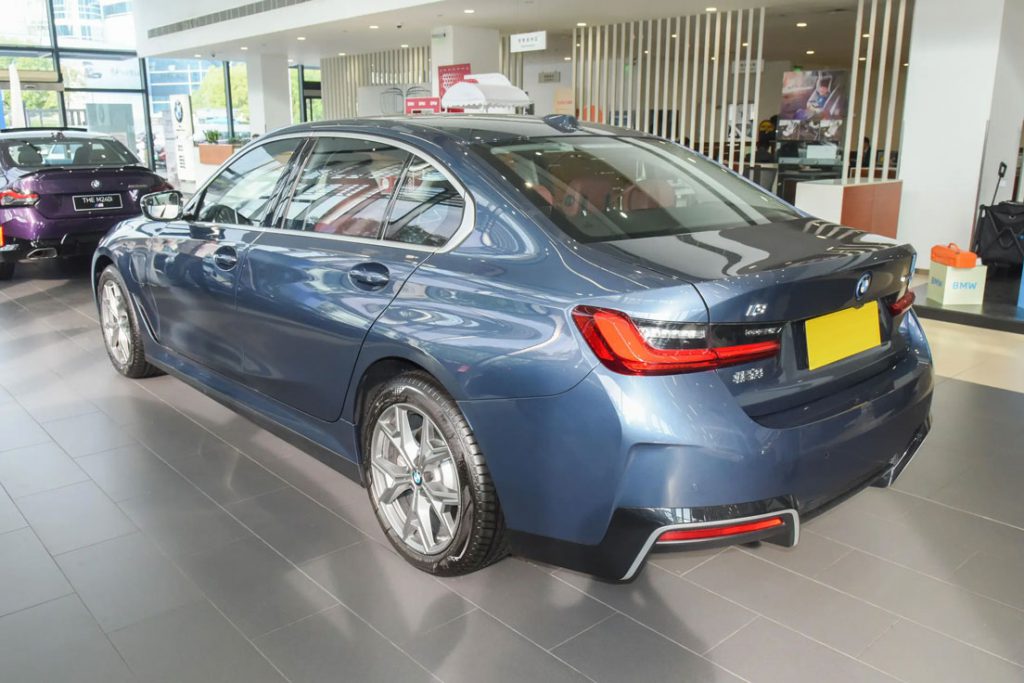
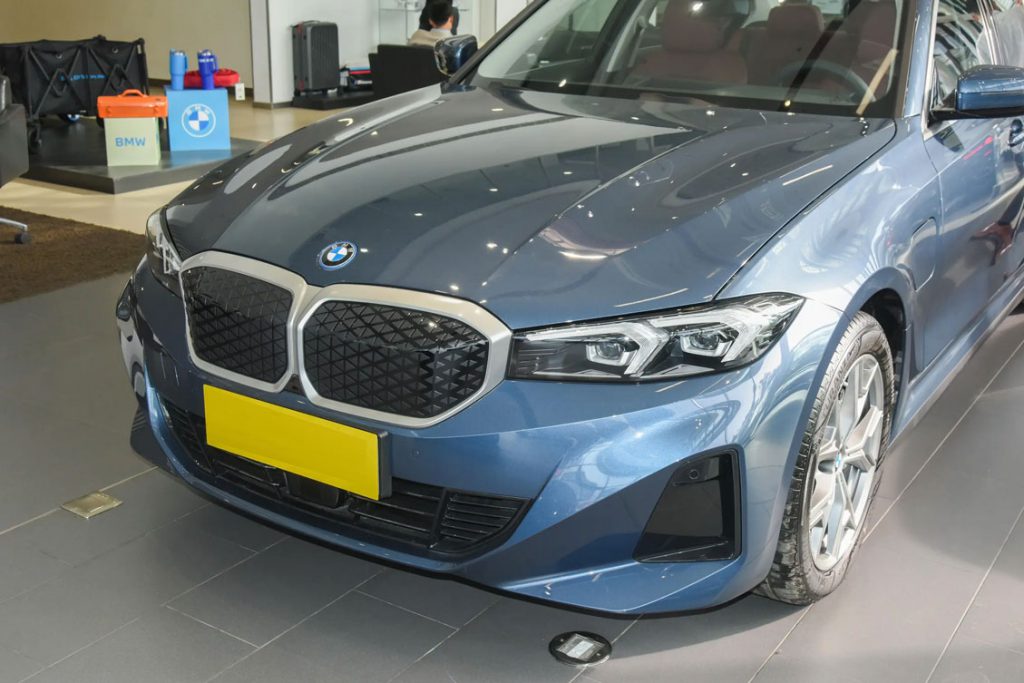
The coexistence of environmentalism and digital luxury
Entering the car, the BMW i3’s concept of “sustainable luxury” is clearly visible: the center console and seats are extensively made of recycled polyester fibers and eucalyptus wood trim, with a delicate touch and no traditional leather heaviness;
A floating curved dual screen consisting of a 12.3-inch instrument panel and a 14.9-inch central control screen, equipped with iDrive 8.0 system, supporting localized ecology such as AR real-time navigation and QQ music.
Humanized design:
Space optimization: The 2966mm wheelbase provides second row legroom comparable to the 5 Series, and the flat platform treatment enhances full passenger comfort.
Intelligent interaction: Voice commands can be recognized in different zones (driver/passenger), supporting high-frequency functions such as air conditioning and navigation without wake-up words.
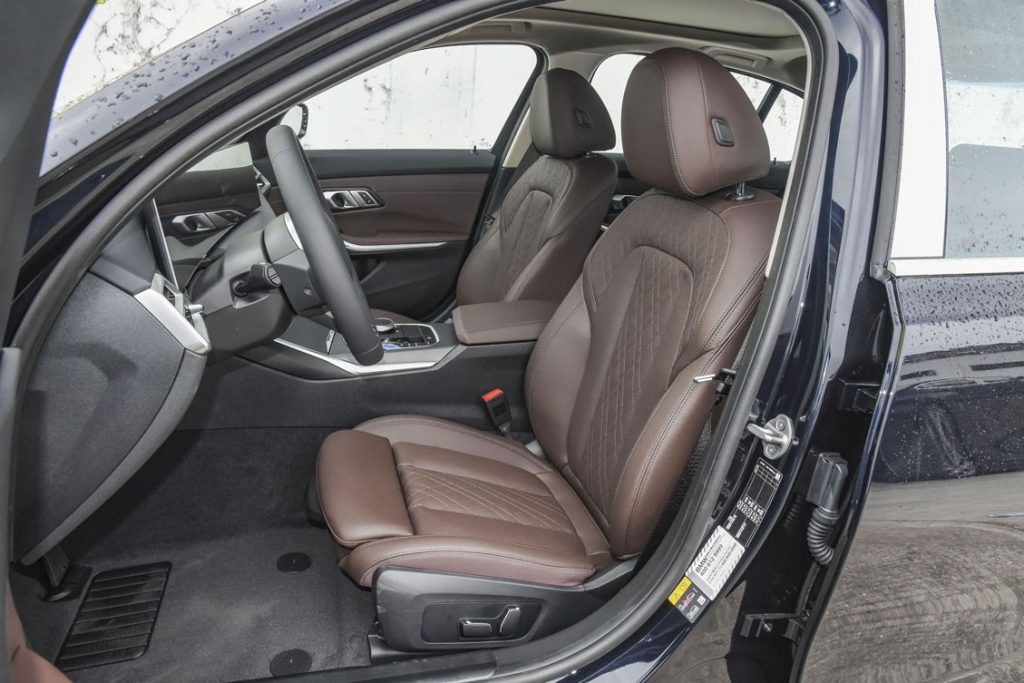
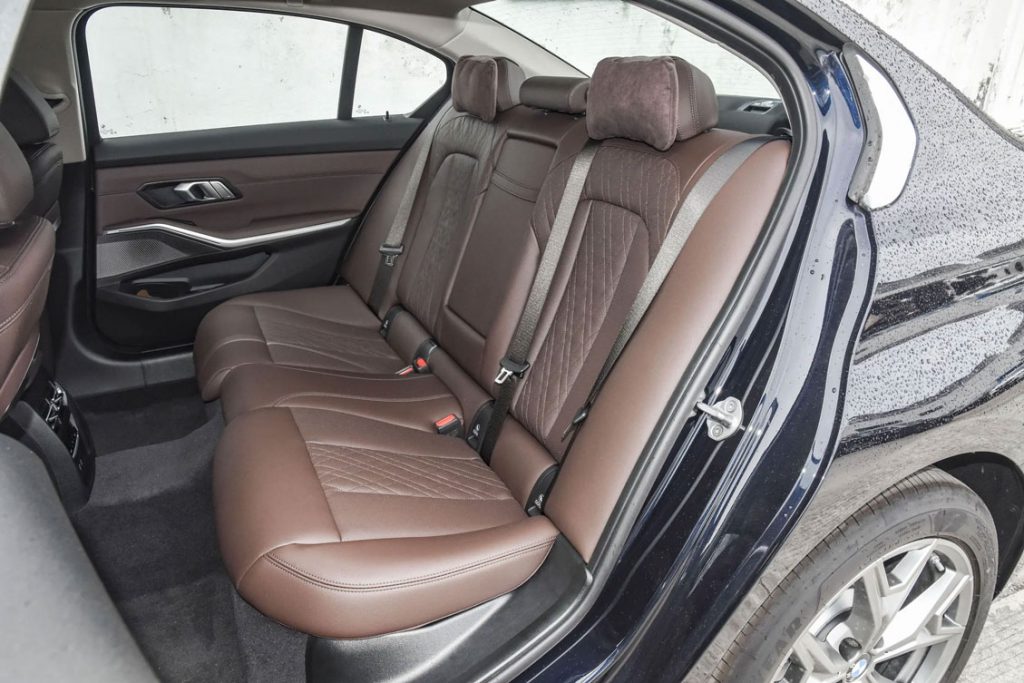
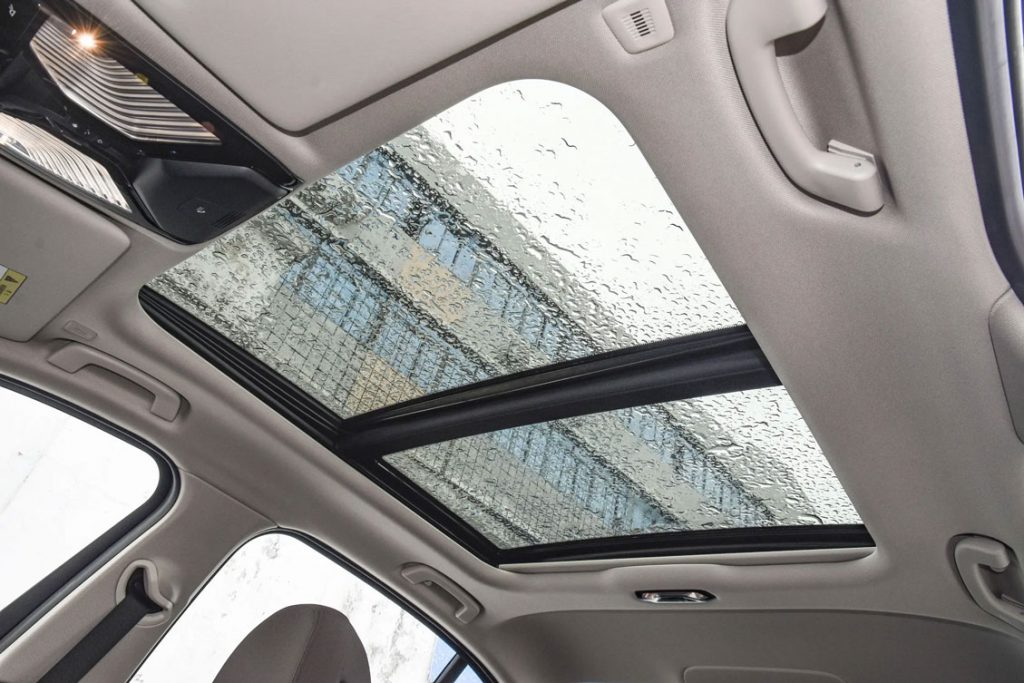
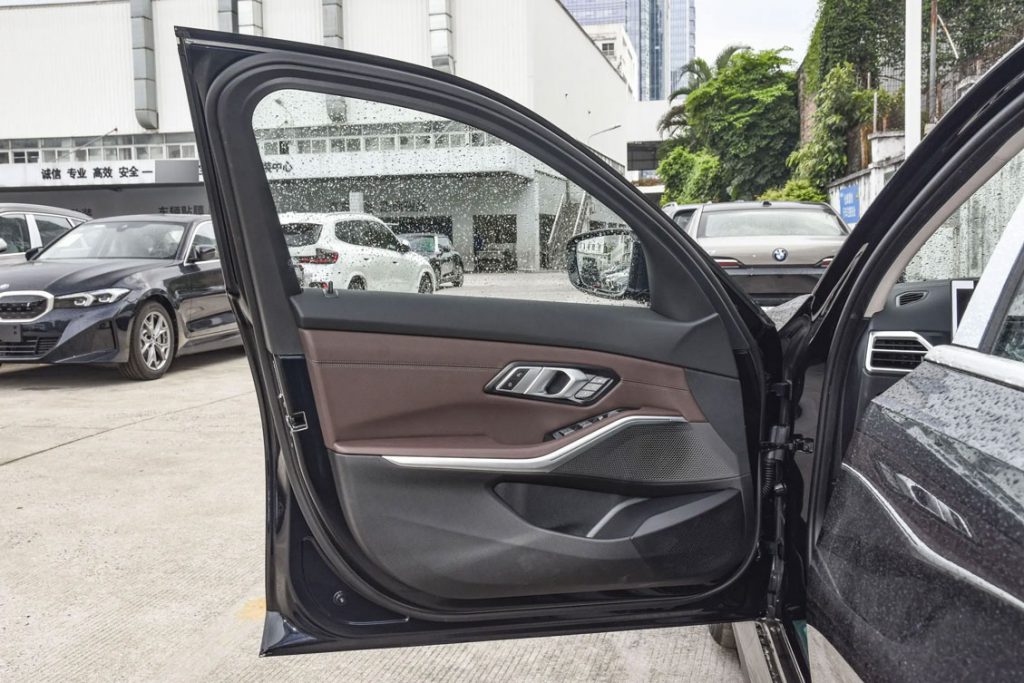

Triple Electric System: Solid battery life, but conservative performance?
The BMW i3 is equipped with the fifth generation eDrive electric drive system, with a rear single motor output of 210kW/400N · m, a 0-100km/h acceleration of 6.2 seconds, and a CLTC range of 526km (eDrive 35L version). Adopting Ningde Times 79kWh ternary lithium battery pack, supporting 100kW DC fast charging (10% -80% takes 35 minutes), the charging efficiency is on par with competitors.
Technical trade-off: Compared to the new force’s “stacking” dual motor and ultra-high voltage platform, i3 emphasizes stability and energy efficiency management more, with a measured range achievement rate of about 85% (dropping to around 350km in winter -10 ℃ environment), suitable for users who are sensitive to range anxiety.
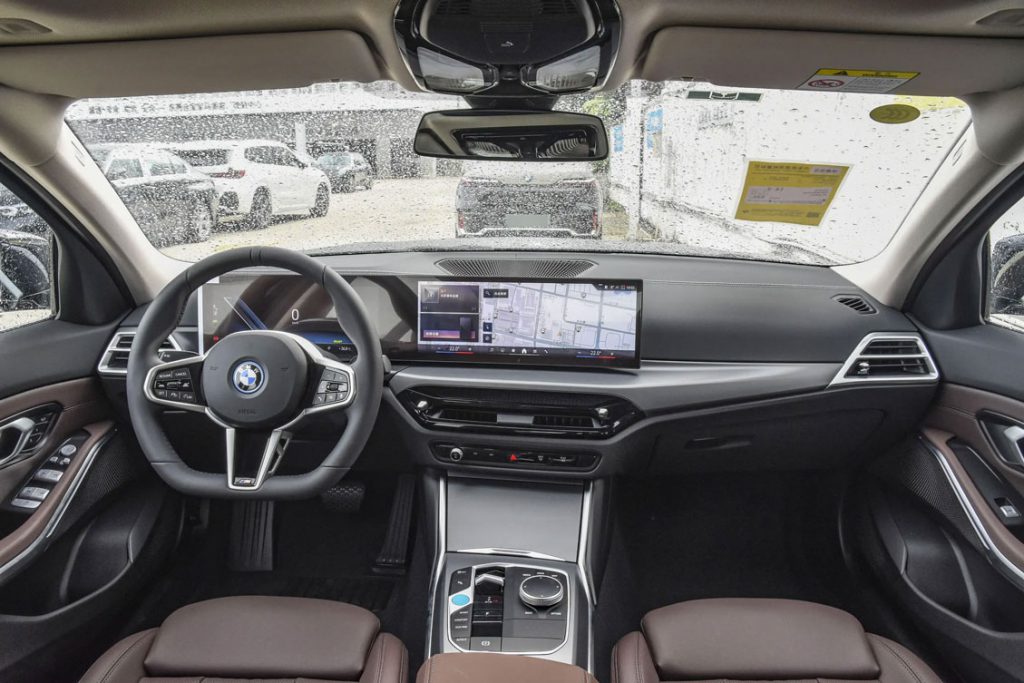
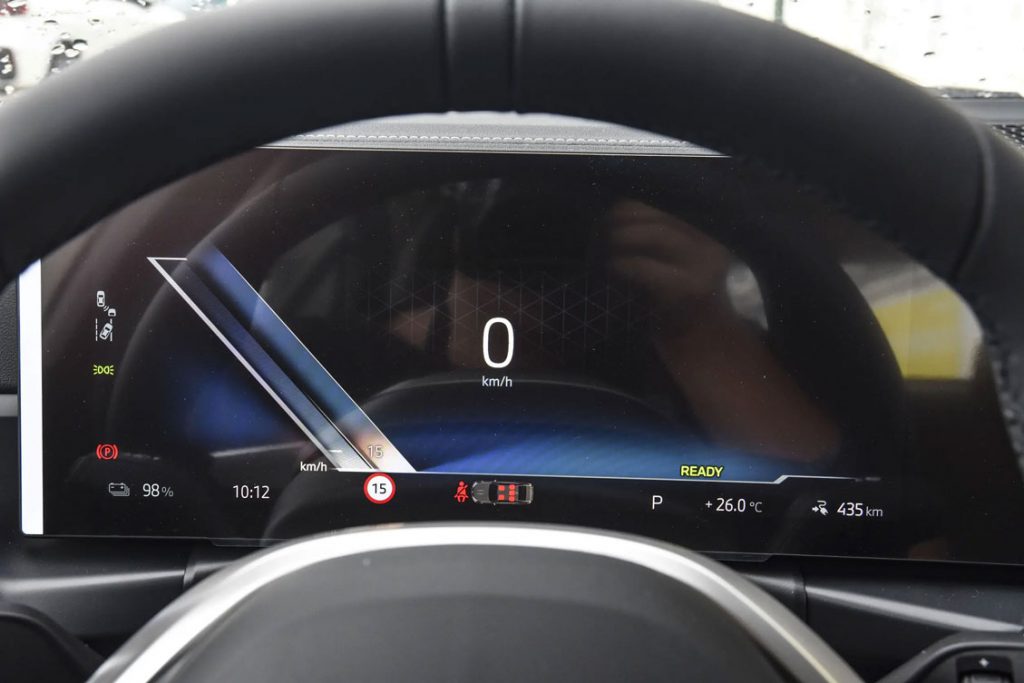

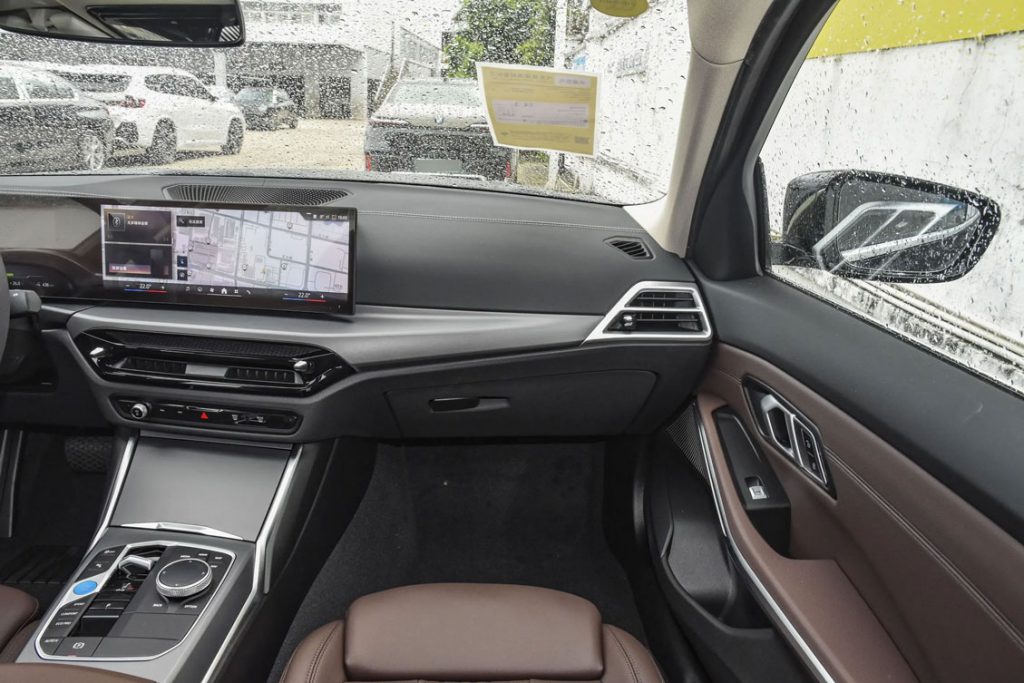
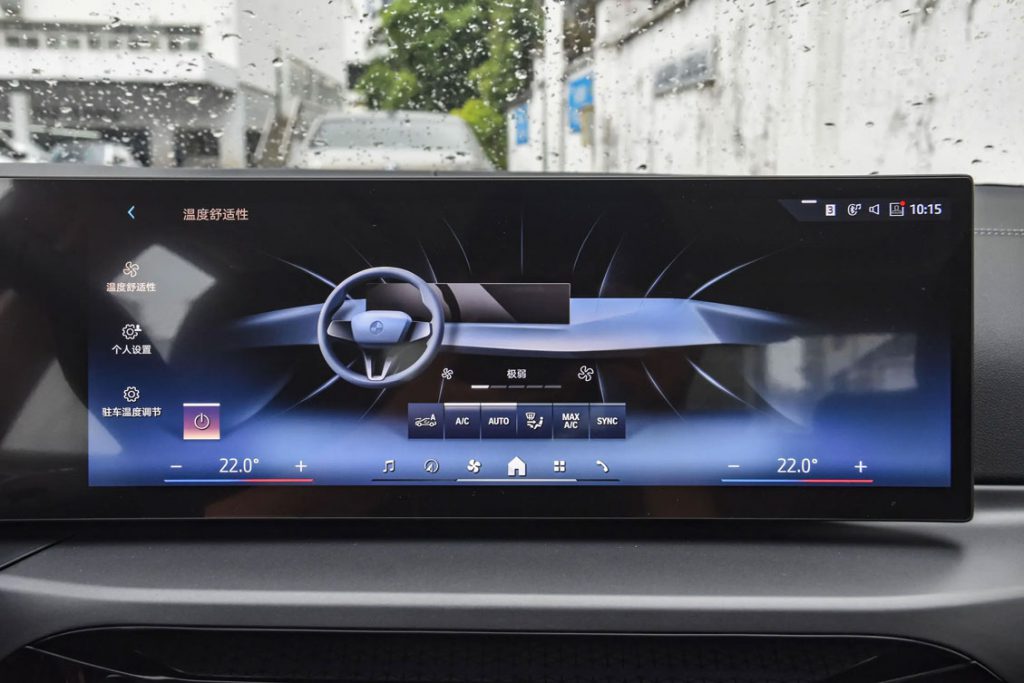
Driving Quality: The ‘BMW Soul’ after Electrification
The chassis tuning of i3 continues the brand’s sporty genes: the rear axle comes standard with air suspension, providing strong lateral support during cornering and better steering accuracy than most competitors; Energy recovery supports multi speed adjustment (including single pedal mode), but the intervention force is gentle, closer to the driving habits of fuel vehicles. Shortcoming: The sound insulation performance did not meet expectations, and tire noise was evident during high-speed driving.
Summary: A Luxury Event about “Certainty”
The BMW i3 may not be the “hexagonal warrior” in the eyes of parameter enthusiasts, but its balance between driving quality, space practicality, and sustainable concepts precisely meets the needs of some users for “safe upgrades”. In the current frenzy of technology in the electric vehicle market, the i3 proves that traditional luxury brands can still hold their moats with “precision” – provided that you are willing to pay a premium for this “certainty”.
One sentence recommendation: If you pursue the driving pleasure of the electric age but are unwilling to give up the ceremonial feel of German luxury, the i3 is still an unavoidable option.
No dealer quotes available at the moment
